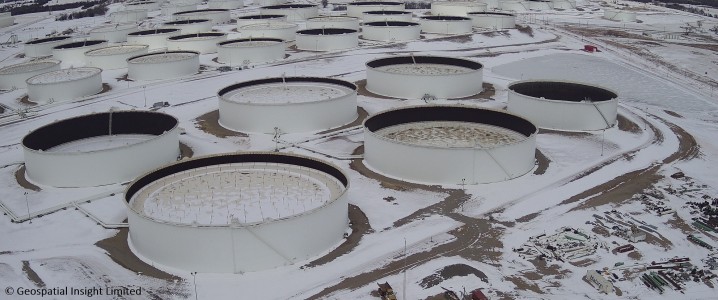Oil Unchanged On Small Crude Inventory Build

▶At 420.9 million barrels, U.S. crude oil inventories are within the limits of the five-year average for this time of the year
▶Small crude inventory build leaves oil prices mostly unaffected
Crude oil remained unchanged today after the Energy Information Administration reported an inventory build of 2.3 million barrels for the week to October 1.
At 420.9 million barrels, U.S. crude oil inventories are within the limits of the five-year average for this time of the year, the EIA said.
Last week’s inventory move compared with a surprise build of 4.6 million barrels for the previous week that followed a series of draws over the previous eight weeks.
In gasoline, the EIA estimated an inventory increase of 3.3 million barrels for the week to October 1, with production averaging 9.4 million barrels.
This compared with a modest inventory build of 200,000 barrels for the previous week, with production averaging 9.9 million bpd.
In middle distillates, the EIA reported an estimated inventory draw of 400,000 barrels for last week, with average production at 4.8 million bpd.
This compared with an inventory increase of 400,000 barrels for the previous week, with production averaging 4.6 million bpd.
Like last week, the oil price rally paused for a while on Tuesday when the American Petroleum Institute reported another unexpected oil inventory build, for the second week in a row.
At the time of writing, however, both Brent crude and West Texas Intermediate were trading lower on the day as traders continue to weigh tight crude and natural gas markets with small builds in crude inventories.
Analysts expect an extended rally for oil thanks to OPEC+’s decision to stick to its earlier agreement to only add 400,000 bpd to global oil supply every month rather than respond with emergency supply increases in response to calls to that effect.
PVM Oil Associates senior analyst Tamas Varga said in a note this week that prices only looked high now. But, he said, as quoted by CNBC, they are “only seen uncomfortably high until the first cold spell arrives in the Northern Hemisphere, creating additional demand and triggering a fresh bout of buying.”




